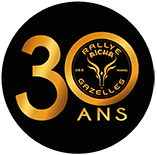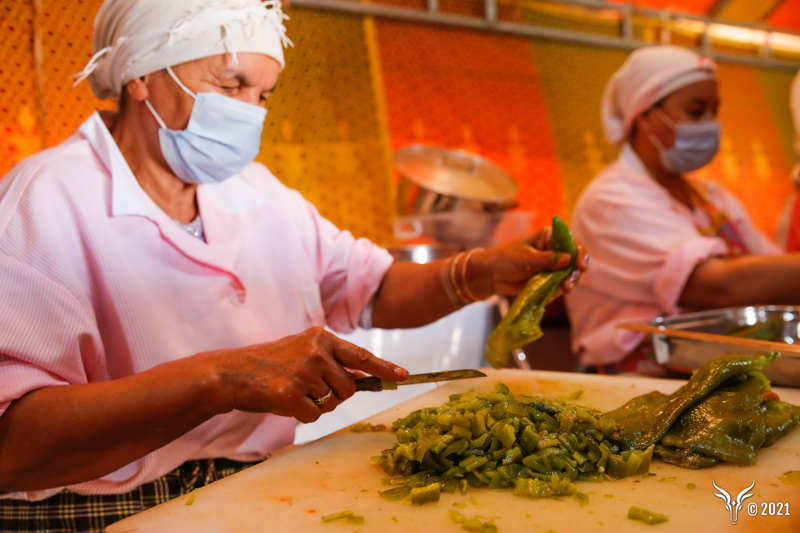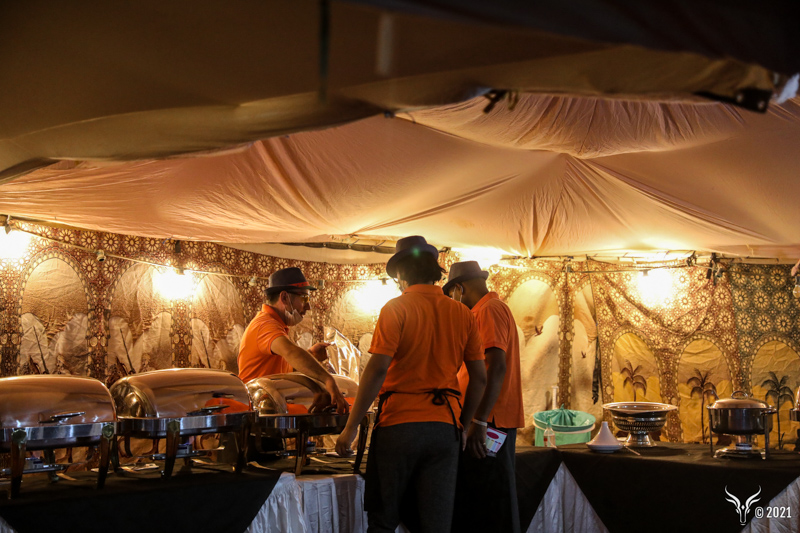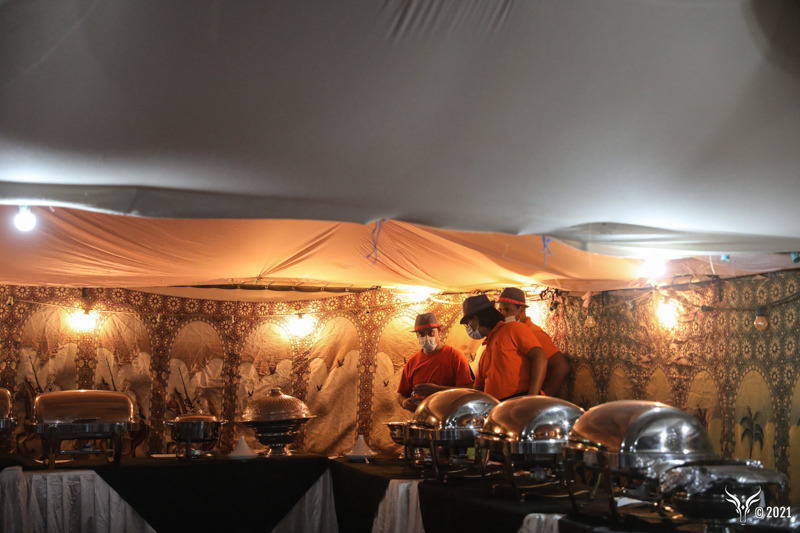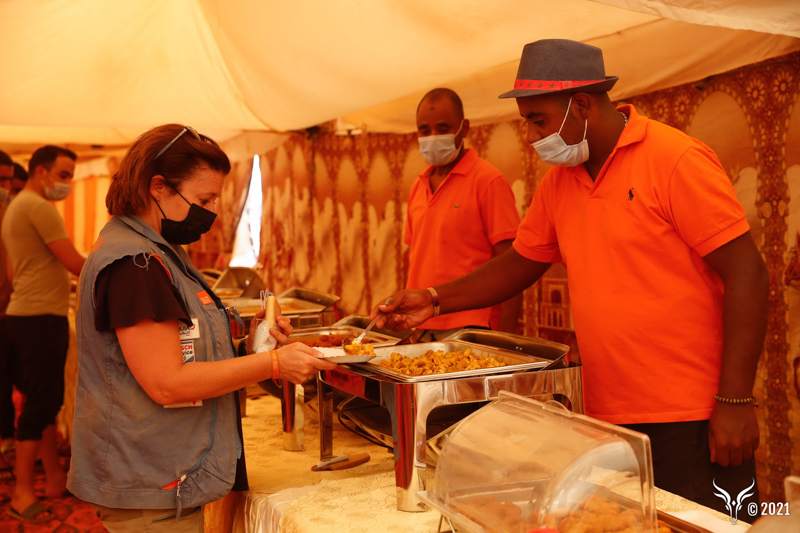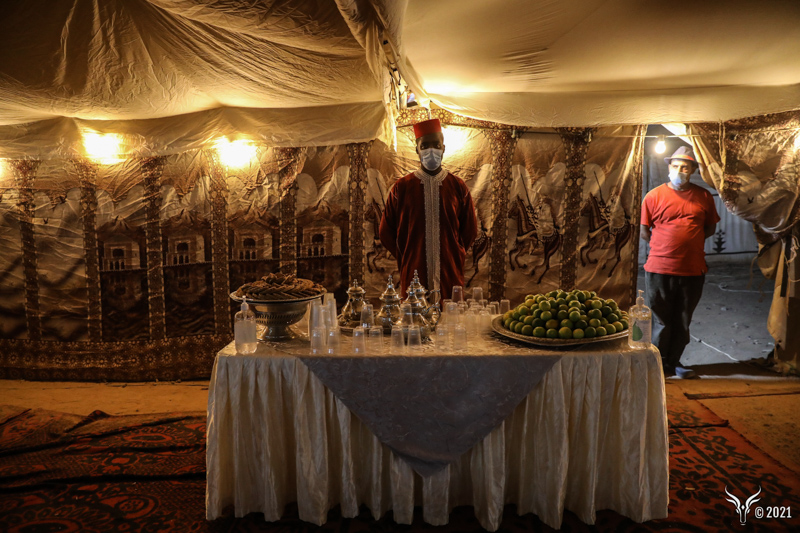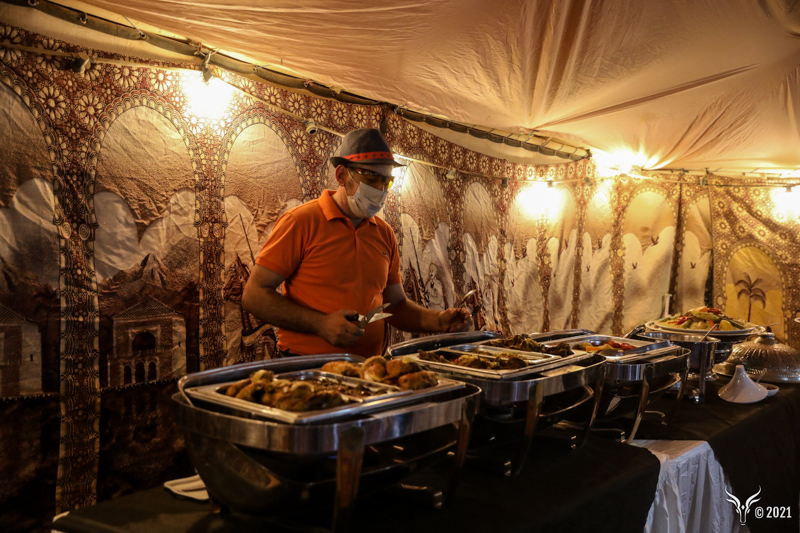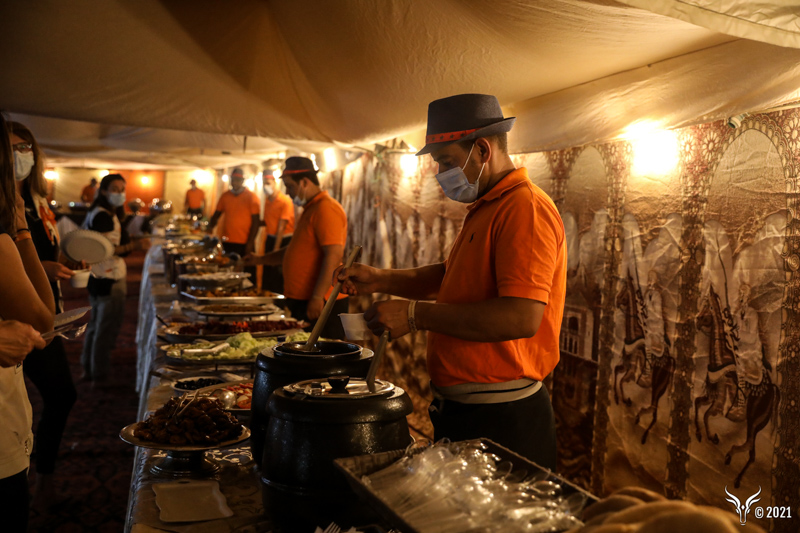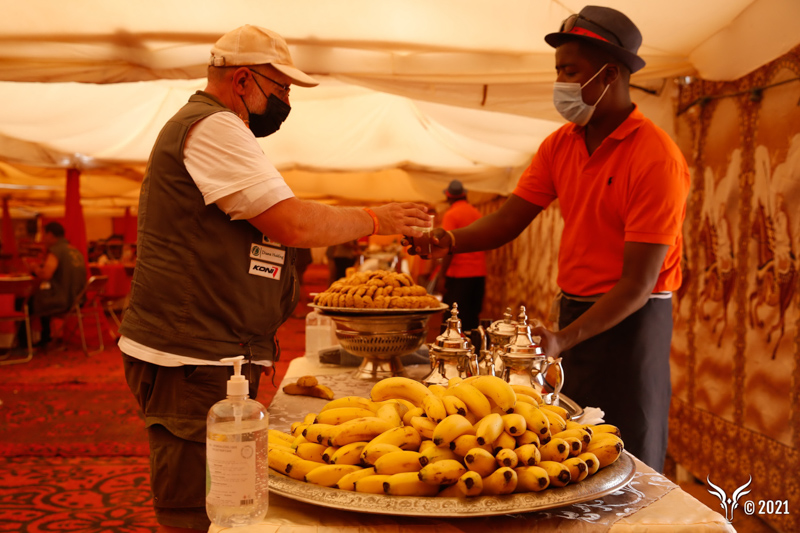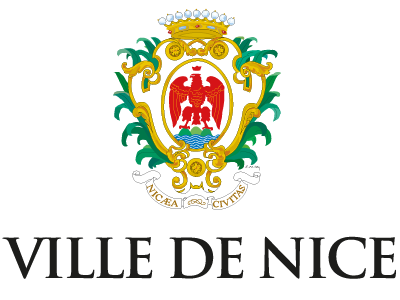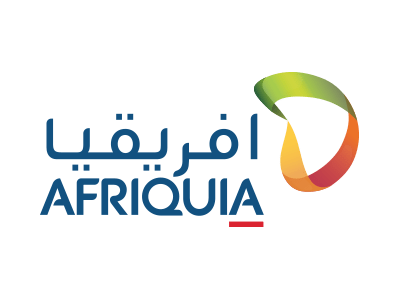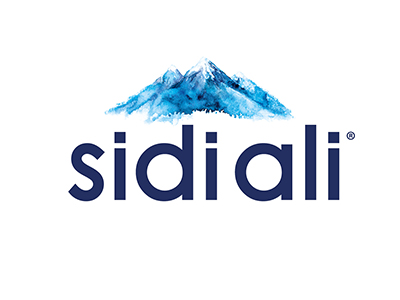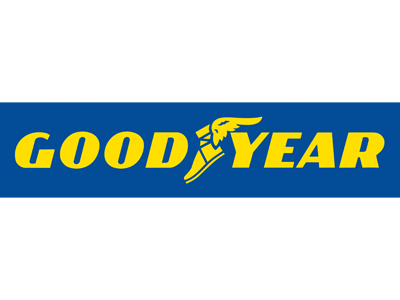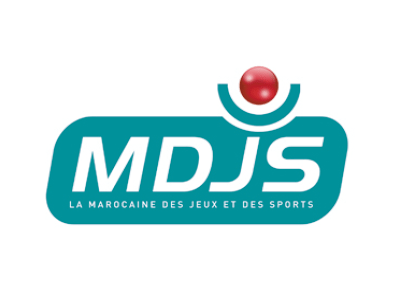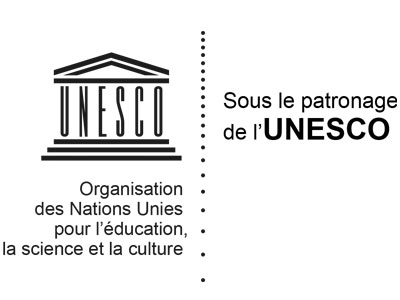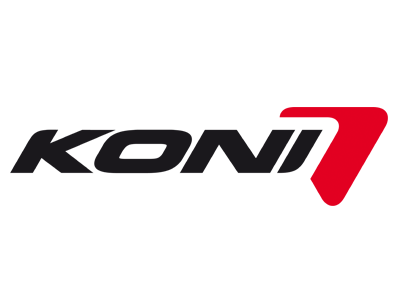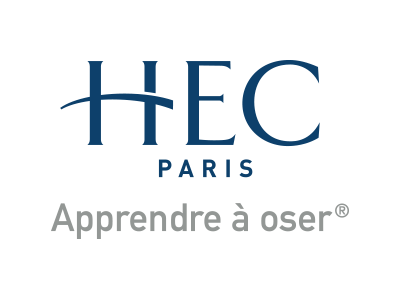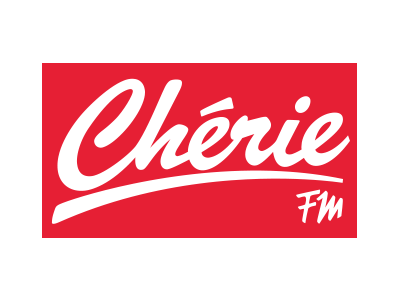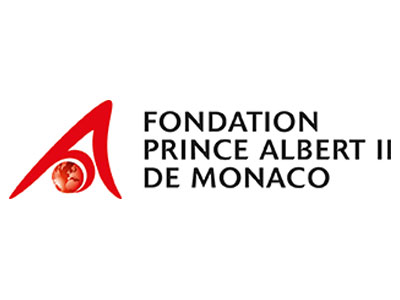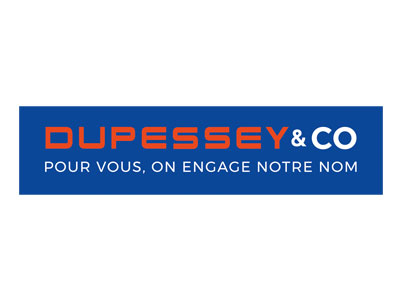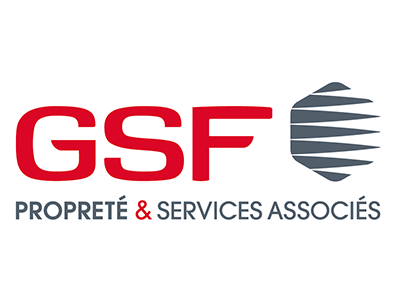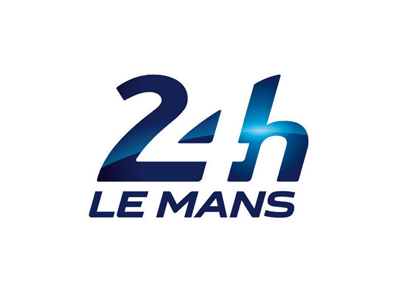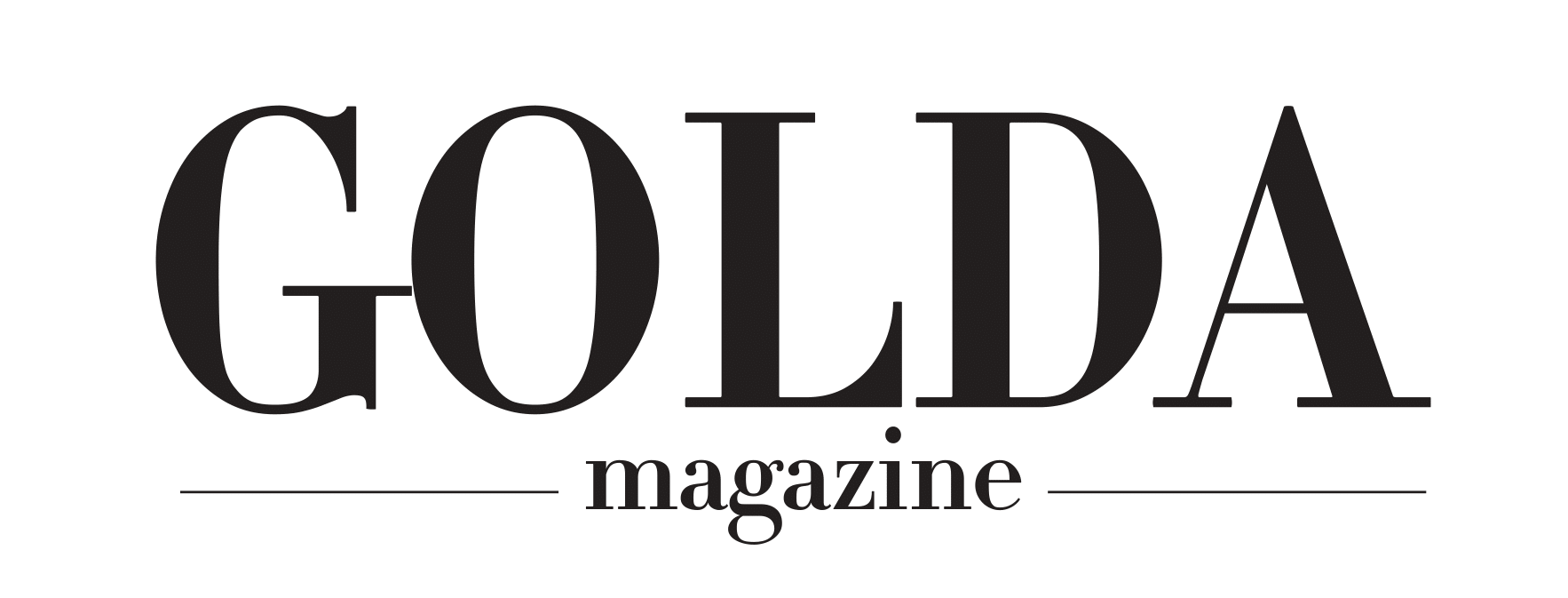But what do gazelles eat?
RALLYE AÏCHA DES GAZELLES 2021
Around the rally
How do you feed 750 people in the middle of the Sahara desert?
“Planning, management and learning from experience” answers Badr Essoujaa, manager of Noble Catering Service, without hesitation. He and his team have been delighting the Gazelles’ taste buds since 2002. The number of guests has continued to increase since the early 2000s, requiring an ever greater capacity to adapt and produce. Experience makes the difference in these extreme situations. Let me explain…
A bivouac within the bivouac
When you visit the kitchens of the Rallye Aïcha des Gazelles du Maroc behind the restaurant tent, it’s like entering a small village.
The place is a hive of activity. One tent is dedicated to the preparation of traditional Moroccan dishes (tajines, couscous etc.), another to starters, yet another to preparing breakfast (Moroccan crepes, donuts, pancakes etc.), while others are used to brew mint tea, wash dishes, wash linens: a total of 80 people are busy preparing meals while the Gazelles are out on the course. New in 2021: the Gazelles can enjoy fresh bread baked directly at the bivouac. Previously, the bread was bought from local suppliers, but it was difficult to ensure the freshness of the due to the weather, distance, etc. Today, the bread comes straight from the bread oven at the bivouac!
Drivers, technicians, labourers, cooks and waiters live at the bivouac to keep the Gazelles fed. Based in Fès, the same team comes back, year after year: “The team looks forward to the Rallye every year, it’s like a festival for us”, declares Badr. Except this year, when some team members, who were not completely vaccinated (mandatory at the Rallye), were not able to not come.
Daily challenges
Inventory management requires constant vigilance, and local purchasing is preferred. Products that cannot be found in the region are delivered to the bivouac from Fès or Casablanca by Noble Catering Service.
To give you an idea of the quantities involved, about 1,600 kg of meat is consumed during the 10 days at the bivouac. This is purchased daily, while fruits and vegetables are purchased every 3 days.
The greatest challenge is health and safety: avoiding all risk of food poisoning. To that end, 5 refrigerated trucks are used for food storage, with different types of foodstuffs stored in each one. Badr’s worst enemy is the wind. This year has been particularly tough so far, with three consecutive days of sandstorms at the bivouac. The kitchen staff covers the food and carefully closes the tents when the wind rises.
Moroccan flavours on the plate
As for the menu, Badr has carte blanche. He adapts the menus according to the ingredients available, but it is essentially traditional Moroccan food that the Gazelles get to enjoy: traditional soups, couscous, tajine, pastilla, kefta, cornes de gazelles, and more.
For lunch, the Gazelles eat from ration packs, which are easy to transport. Before the Rallye the teams were provided with a list of dishes, from which they selected their lunches for the event. The ration packs were then distributed during the verifications. The Gazelles are free to eat lunch whenever and wherever they see fit during each leg, and to bring their own treats along if they wish.
